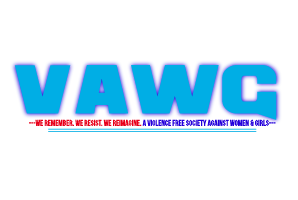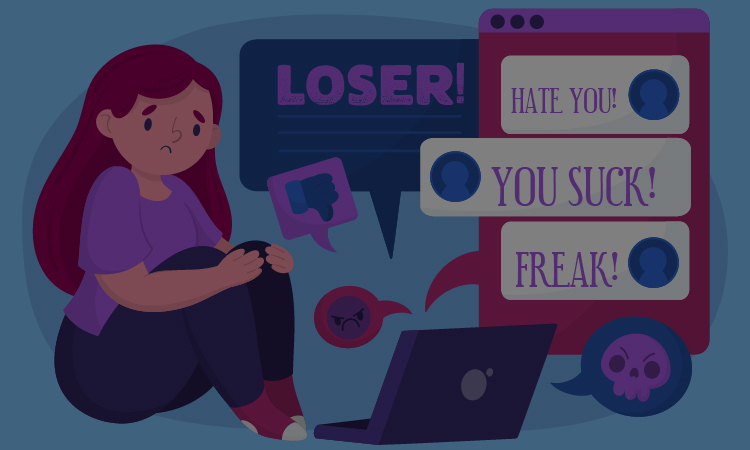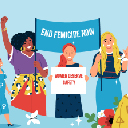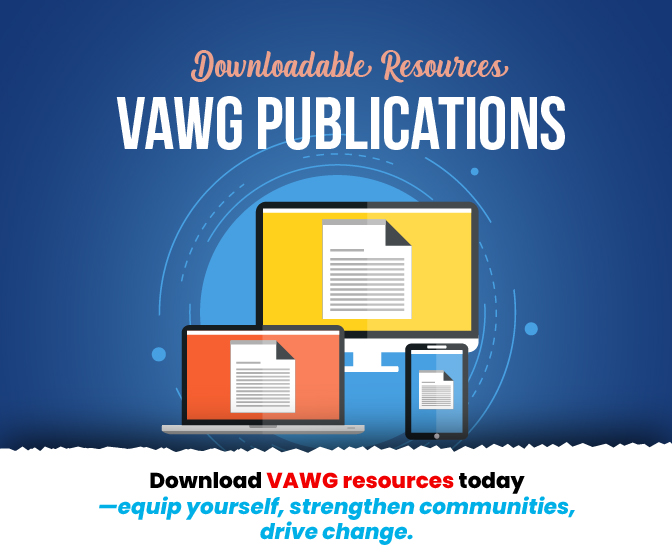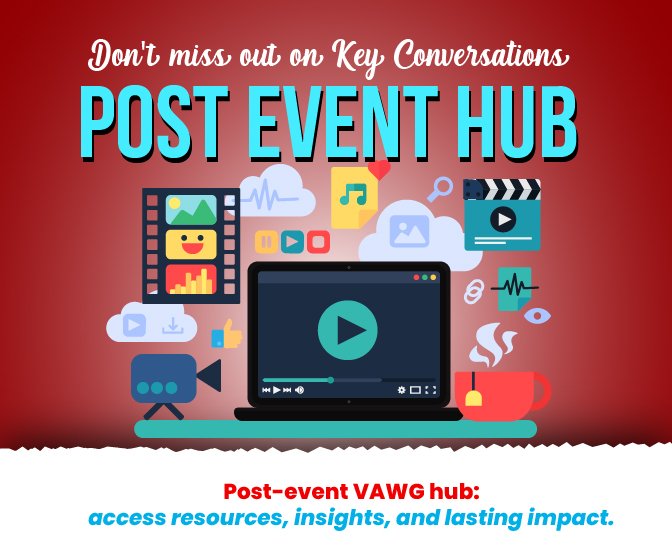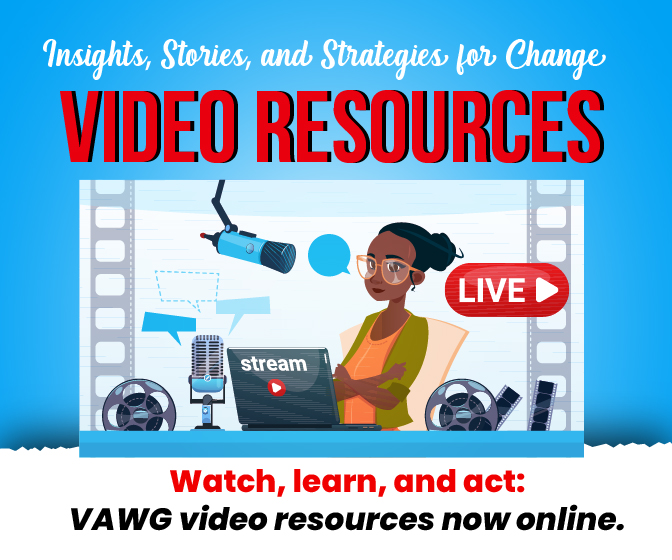Unmasking the Many Faces of Violence Against Women and Girls (VAWG): A Complete Guide
Violence Against Women and Girls (VAWG) isn’t just one thing it wears many faces, hides in unexpected places, and shapes lives in devastating ways. To truly address this epidemic, we need to recognize all its forms, from the visible scars to the invisible chains.
1. Sexual Violence: The Violation of Bodily Autonomy
Sexual violence is perhaps the most widely recognized form of VAWG but it’s more complex than most realize. It includes:
- Rape and sexual assault
- Sexual harassment in public spaces and workplaces
- Forced prostitution and trafficking
- Child sexual abuse
- Coerced or forced marriage
Example: In conflict zones like the Democratic Republic of Congo, sexual violence has been weaponized as a tactic of war, with survivors often lacking access to justice or support.
2. Physical Violence: The Visible Wounds
Physical violence includes any form of bodily harm inflicted on women and girls, often within homes but also in public spaces. It can be:
- Domestic violence (intimate partner violence)
- Assault by strangers or acquaintances
- Female genital mutilation (FGM) causing lasting physical damage
3. Psychological Violence: The Invisible Chains
Psychological violence is subtle but devastating. It includes:
- Emotional abuse, threats, intimidation
- Gaslighting and manipulation
- Social isolation imposed by abusers
- Controlling behavior over personal freedoms
4. Structural Violence: When Systems and Societies Harm
Structural violence is the silent perpetrator embedded in social, economic, and political systems that disadvantage women. This form includes:
- Economic marginalization—lack of access to land, jobs, and education.
- Discriminatory laws and policies that fail to protect women or perpetuate inequality.
- Cultural norms and traditions that normalize violence or limit women’s rights.
- Limited access to healthcare and justice.
5. Economic Violence: Control Through Resources
Often overlooked, economic violence involves controlling a woman’s access to money, employment, or property, effectively limiting her independence. This can look like:
- Withholding money or resources
- Preventing women from working or controlling their earnings
- Exploiting women in unpaid labor, including care work
6. Digital Violence: The New Frontier
As our lives move online, so too does violence. Digital violence includes:
- Cyberstalking and harassment
- Non-consensual sharing of intimate images (“revenge porn”)
- Online threats and trolling targeted at women
7. Climate Change and VAWG: An Emerging Crisis
Climate change isn’t just an environmental issue; it’s a gender justice crisis. Climate-related disasters and resource scarcity exacerbate VAWG in multiple ways:
- Increased displacement exposes women and girls to higher risks of sexual violence.
- Economic stress from loss of livelihoods can fuel domestic violence.
- Women’s roles as primary caregivers and resource gatherers increase their vulnerability during environmental shocks.
- Limited access to climate adaptation programs excludes women, reinforcing structural violence.
Each form of violence intersects and reinforces the others. A woman facing economic violence might also be at risk of physical or psychological abuse. Structural barriers can prevent survivors from seeking help or justice.
As we name all these faces of violence, we empower communities, policymakers, and activists to design holistic, effective interventions. It’s about recognizing that VAWG is not just a personal issue, it’s a social, political, and environmental challenge demanding urgent, intersectional solutions.



